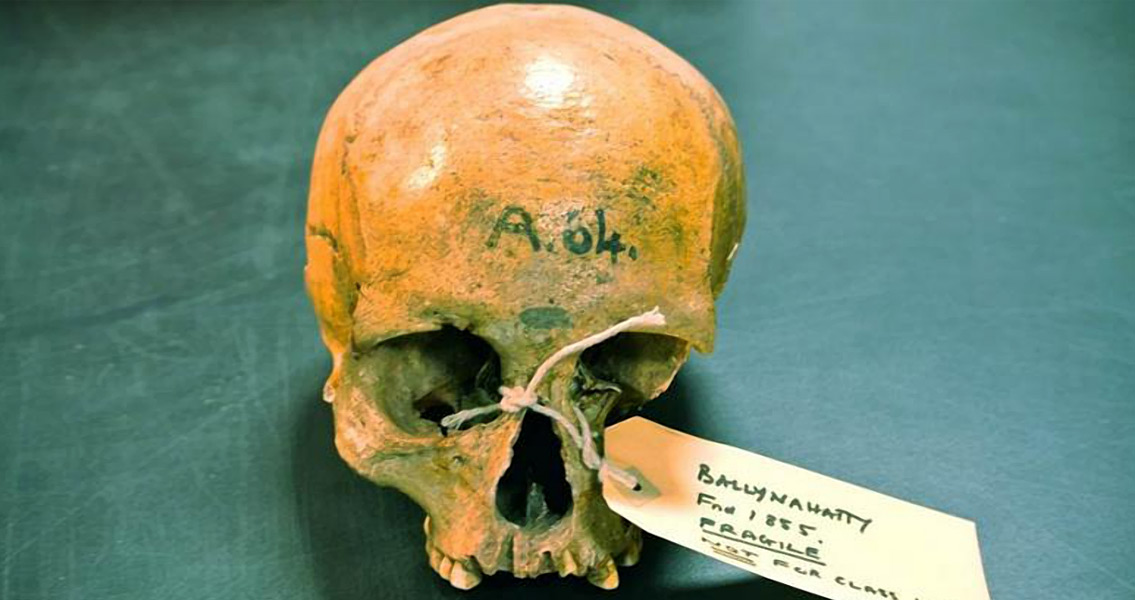<![CDATA[Genetic testing is providing some answers to the perplexing questions surrounding the origin and culture of the people of Ireland. A team of archeologists with Queen's University Belfast and geneticists with Trinity College Dublin has sequenced the first genomes from ancient Irish humans, and the information buried within is already answering critical questions about the origins of Ireland's people and their culture. A genome is the complete set of an organism's DNA along with all of its genes. All of the information needed to build and maintain an organism is included in each genome. Human genomes include more than 3 billion pairs of DNA Ireland has long been known for its intriguing genetics. Lying at the edge of several European genetic gradients, Irish genes include the Y chromosome typical of western Europe, variants associated with lactose intolerance, as well as the markings for several significant genetic diseases; including one called haemochromatosis which involves excessive iron retention. The origins of this heritage however, remained unknown. To uncover Ireland’s genetic history researchers had to sequence genomes taken directly from ancient people, so that’s what the researchers did. The genomes sequenced by the team were from an early farming woman who resided near what is now Belfast around 5,200 years ago, and three men who lived after metalworking was introduced; approximately 4,000 years ago during the Bronze Age. The team’s breakthrough results have been published in the international journal: Proceedings of the National Academy of Sciences, USA. Opinion has long been divided on whether the pronounced transitions which occurred in the British Isles (the transition from a hunter-gatherer to an agricultural lifestyle for example) were a result of people simply embracing new ways, or if they were influenced by the arrival of new people. Now, indisputable evidence of a massive migration has been discovered in each of the genomes from the ancient Irish humans that were studied. The ancestry of the farming women has been determined to be from where agriculture was first introduced, the Middle East. The men from the Bronze Age had altogether different genomes, indicating that approximately one third of their ancestry came from ancient sources from the Pontic Steppe. Furthermore, it’s been determined that while the early farming woman had brown eyes, black hair, and resembled modern southern Europeans, the genetic variants found in the three men from the Bronze Age all carried blue eye alleles, the most common type of Irish Y chromosomes. According to Dan Bradley, Professor of Population Genetics in Trinity College Dublin, who led the research project, the massive wave of genome changes that swept through Europe came from above the Black Sea and into Europe during the Bronze Age. This new research provides evidence that it moved as far as the western most island of Europe and could possibly be associated with other changes such as the introduction of the language associated to western Celtics. Overall, the project has clearly demonstrated that the analysis of ancient DNA is a powerful tool which can be used to answer the perplexing questions academics have regarding the origins of the Irish, and the migration of humans in general. Image courtesy of Daniel Bradley, Trinity College Dublin]]>
Genetic Sequencing Sheds Light on Irish Origins
